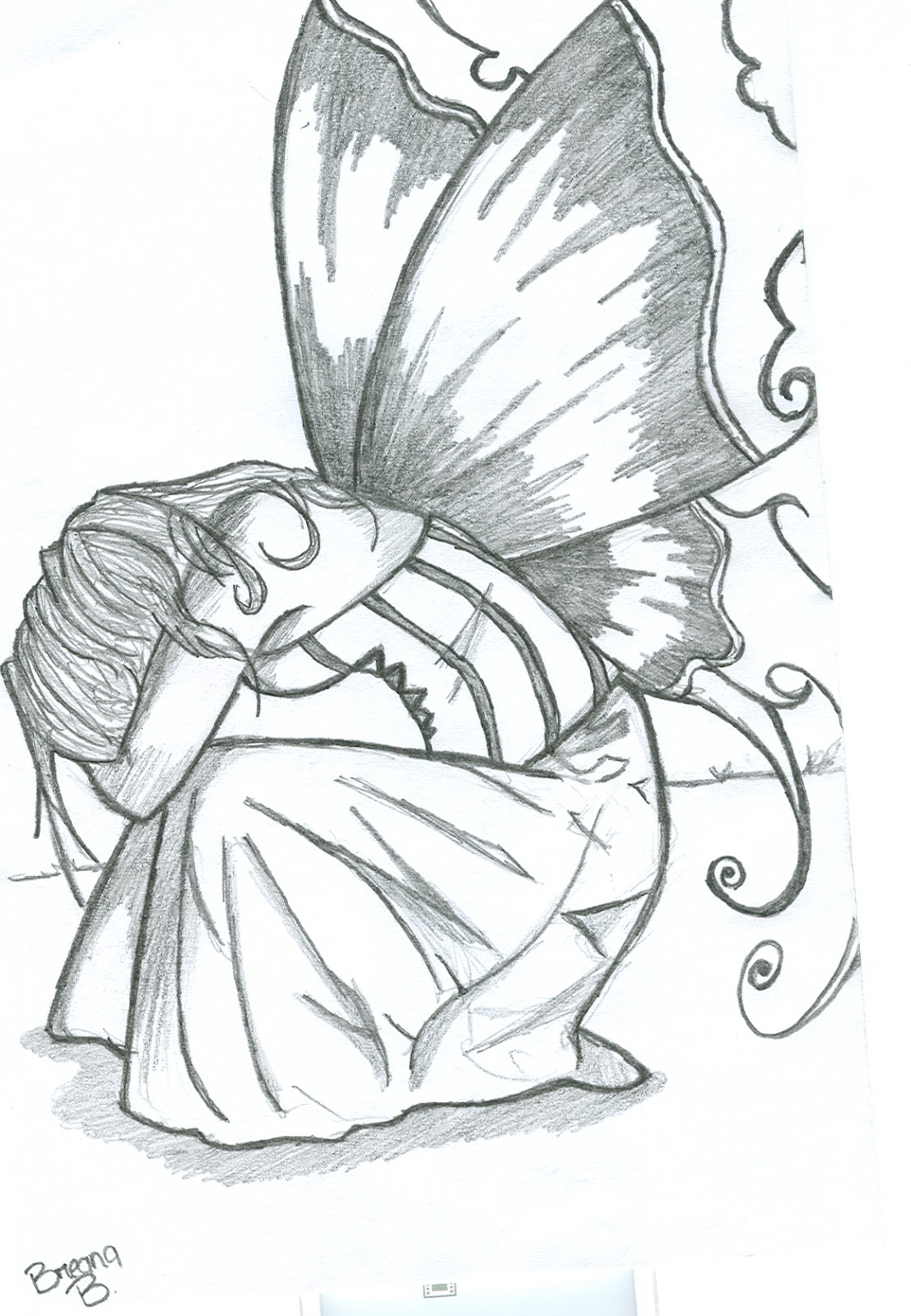

But it’s important to nail the fundamentals first and master a skill first, before moving onto something more complicated.įor instance, as you fill your sketchbook and are experimenting with colours, start with a limited colour palette. When you’re learning the basics, it can be tempting to skip to the more advanced stuff. To find a huge collection of imagery, search Adobe Stock for inspiration you can use for your next sketch. The more you learn about a subject, the better.” It’ll give you something to mimic and help you better understand how to draw the outlines and small details of your subject. When you’re just starting out, keep a picture of what you’re drawing in front of you. To get this part right, imagine how the figure would look in 3D and from every angle – like it would in real life. You can then smooth these edges out later on, to create a more realistic final image.

To create that depth, break down whatever you’re drawing into: “You’re not just drawing what you see in front of you. You might find that pointillism is your thing, cartoons are your forte, or line drawings might suit your skills.īasic shapes are an essential starting point when drawing any object, especially when turning a 3D object into a 2D drawing. Using these rules, you can start to refine your own style over time.

Take your time – don’t rush, this will only cause mistakes and add time in the long-run.Pay attention to shapes – they’re building blocks that give a drawing structure.Whatever you’re drawing, whether it’s your favourite anime character, a flower in your back garden or houses on a city street, the principles of drawing stay the same. If you’re already comfortable with your skills, they’ll help you brush up on the fundamentals. But these tips should help you find your own style and refine it over time. Getting your technique just right can take time if you’re learning to draw. Family pet – if you can get your cuddly friend to sit still long enough – or take a photo and use it for reference.


 0 kommentar(er)
0 kommentar(er)
